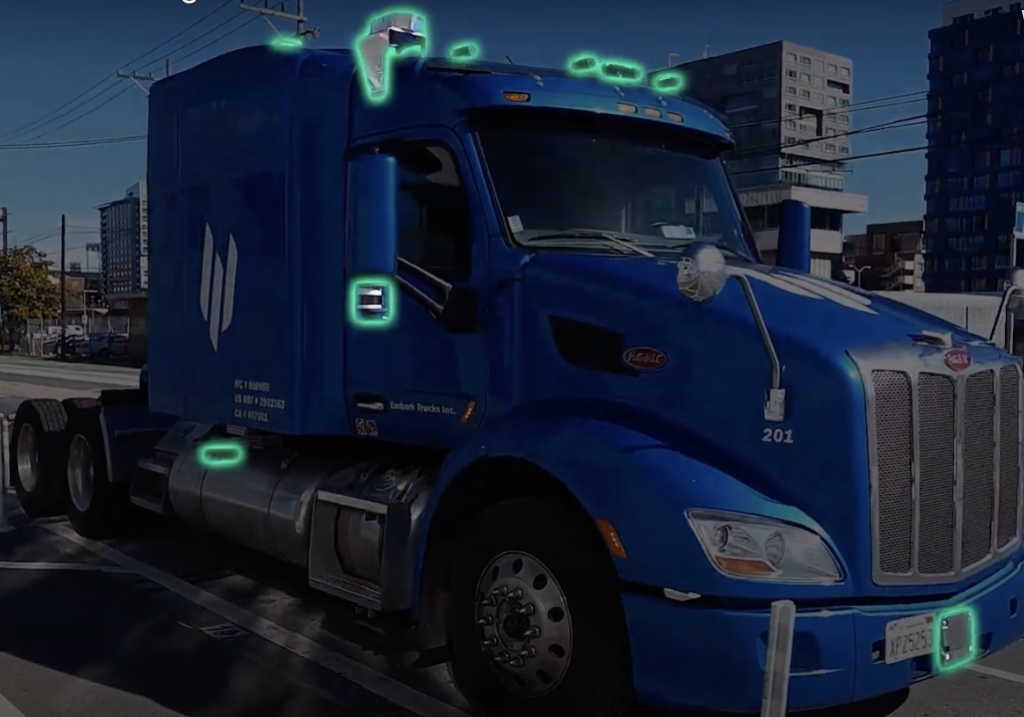The Arizona Department of Transportation has undertaken a project to promote safe interaction between autonomous commercial vehicles and highway work zones in the state.

Collaborating with Embark, a developer of automated driving systems (ADS) for commercial trucks, the two organizations will share data to explore and promote autonomous trucking in the “middle mile:” limited-access highways and short off-highway segments to distribution centers. Embark’s operating model is commonly seen as the most likely initial deployment of automated vehicles because it confines the vehicle’s Operating Design Domain (ODD) to an environment more defined and predictable than urban environments that passenger AVs must navigate. Work zones present the most common variable in this middle mile that long-haul trucking must be overcome for automated deployment.
According to the Department, 123,000 work zone related crashes occurred nationally in 2018, leading to 757 preventable fatalities. 30 percent of work-zone fatal crashes and 10 percent of work-zone injury crashes involved at least one large truck. In Arizona, there were 971 work-zone crashes and 17 preventable fatalities in 2018.

Using data collected from its operations, Embark will provide Arizona with feedback on mutually-defined areas of interest such as infrastructure health, road design, and quality of publicly available work zone data. Embark will also provide technical briefings to Arizona officials to contribute to awareness of rapidly developing AV technology. ADOT will share open-source data on work zones that can contribute to safe navigation. Both Embark and ADOT may seek to share with other public-sector stakeholders any relevant findings that would facilitate the safe deployment of autonomous vehicles.
A video on the Embark website shows “A Day in the Life of a Self-Driving Truck,” and another shows its system interacting with highway work zones.
Embark has invested in transfer hubs in Los Angeles and Phoenix, highway-adjacent facilities where its automated trucks can pick up trailers hauled by drivers from nearby cargo distribution centers.
Semi loads are unhitched from the manual local truck and attached to a driverless truck. The driverless truck departs the facility, drives itself along surface streets and onto the highway. It drives itself to the next hub and drops the freight, which will be delivered to its final destination by another manual local truck. The Embark truck cab returns driverlessly to its home base, ideally bringing back another load.
“We are excited that our system’s ability to read signs, respond to traffic control devices, and detect workers, combined with its ‘always-on’ state that never gets fatigued or distracted, can be an important contributor to road safety in Arizona,” said Embark Co-founder and Chief Technology Officer, Brandon Moak.
Embark’s truck uses a sensors-first architecture that is less reliant on static maps to detect and react to lane closures and other dynamic changes in the road environment in a manner similar to a human driver. That means it can safely react to lane closures as they appear on the road, including ones it has never seen before.


